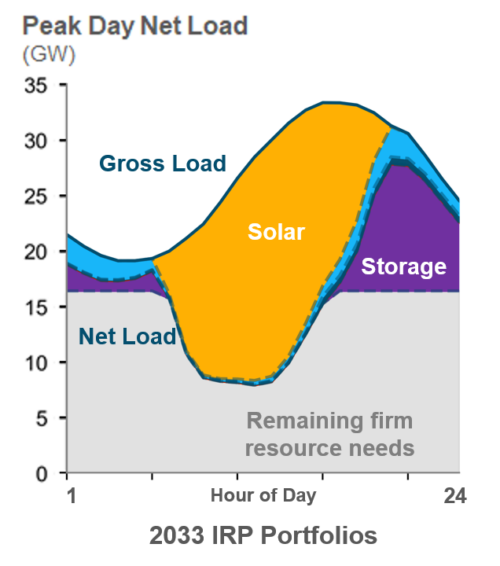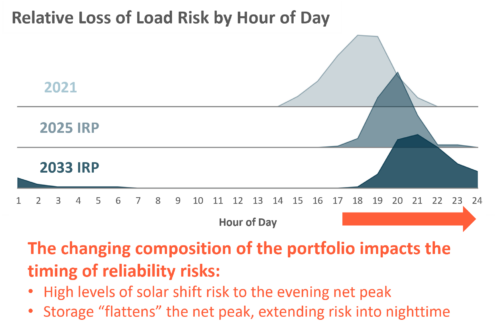 In the aftermath of recent blackouts in California and Texas, the subjects of reliability and resource adequacy have risen to national prominence. Regulators and policymakers – as well as the general public and media – have taken a keen interest in these topics, and many have questioned whether the industry is adequately prepared to confront the challenge of preserving reliability during a period of rapid transition. Yet despite its importance and the recent attention it has received, the topic of resource adequacy – and what will be needed to ensure it can be maintained during the transition to cleaner energy sources – remains an esoteric and poorly understood aspect of power system planning. This study sheds light on this important topic to support utilities, regulators, policymakers, and stakeholders in the Desert Southwest as they endeavor to plan, construct, and operate a reliable grid.
In the aftermath of recent blackouts in California and Texas, the subjects of reliability and resource adequacy have risen to national prominence. Regulators and policymakers – as well as the general public and media – have taken a keen interest in these topics, and many have questioned whether the industry is adequately prepared to confront the challenge of preserving reliability during a period of rapid transition. Yet despite its importance and the recent attention it has received, the topic of resource adequacy – and what will be needed to ensure it can be maintained during the transition to cleaner energy sources – remains an esoteric and poorly understood aspect of power system planning. This study sheds light on this important topic to support utilities, regulators, policymakers, and stakeholders in the Desert Southwest as they endeavor to plan, construct, and operate a reliable grid.
The goals of this study are threefold:
- Examine the current situation in the Desert Southwest in light of recent challenges in neighboring regions and identify any immediate risks to reliability in the region;
- Identify and define best practices for resource adequacy planning that will provide a durable foundation for utilities’ efforts to preserve reliability within the region; and
- Utilize these techniques to evaluate the region’s readiness to meet the resource adequacy challenges it will face over the next decade.
Study Highlights and Recommendations
- Load growth and resource retirements are creating a significant and urgent need for new resources in the Southwest region. The region’s utilities have identified the need for 14 GW of new resources by 2025 and 38 GW by 2033, or 3.5 GW per year, a pace of development that is unprecedented for the region. Maintaining regional reliability will hinge on whether utilities can add new resources quickly enough to meet this growing need and will require a pace of development largely unprecedented for the region
- An increasingly significant share of long-term resource needs is expected to be met with solar and storage resources, but a large quantity of “firm” generation capacity – including the region’s nuclear and natural gas resources – will also be needed to maintain reliability
- Substantial reliability risks remain as the region’s electricity resource portfolio transitions, most notably: weather- and climate-related uncertainties, performance of battery storage, and risks related to the timing of new additions
- To plan most effectively for resource adequacy, utilities should utilize the best practices identified in this study to the extent practicable, including the use of probabilistic methods to assess the need for capacity and the broad application of an ELCC methodology to assess the capacity value of all resources on an equivalent basis

As penetration of storage increases, risks to reliability extend deeper into the evening and nighttime, indicating a need for resources that can deliver energy to the system for extended periods overnight
Link to:
- Final Report: Resource Adequacy in the Desert Southwest
- Technical Appendices
- Slides Summarizing Study Results
- Webinar Recording
ALL E3 PROJECTS


